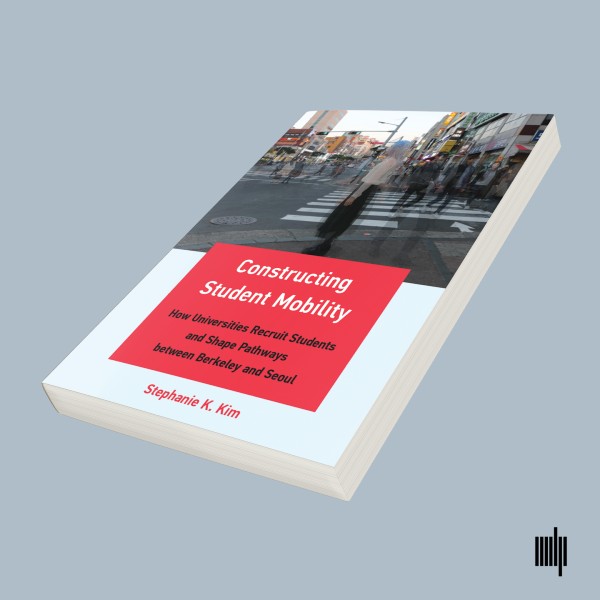
The following is an excerpt from the book Constructing Student Mobility: How Universities Recruit Students and Shape Pathways between Berkeley and Seoul. Authored by Stephanie K. Kim, Ph.D., Faculty Director of the Master’s in Higher Education Administration program at Georgetown SCS, the book shows the lengths to which universities will go to expand international enrollments in the aftermath of the Great Recession.

It was a brisk fall evening when I attended a University of California alumni event to listen to former UC President Janet Napolitano speak about upcoming challenges to the California higher education sector. In a crowded conference room full of UC alums, a middle-aged White woman asked Napolitano why the UC system keeps accepting more international students and displacing in-state students from coveted seats. Napolitano responded with a financial argument: in fact, she explained, accepting more international students into the UC system actually increases the university’s ability to accept more in-state students, because the higher tuition that international students pay subsidizes the tuition of California residents.
Public colleges and universities often tout this economic rationale to defend their growing proportion of international students. Indeed, the conflation of international students with revenue generation is part of a broader turn toward market-driven logic in higher education, a trend for which the higher education scholars Sheila Slaughter and Larry Leslie coined the term “academic capitalism” in 1999. Academic capitalism subverts the American ideal of higher learning as a public good and instead positions it as a private commodity to be bought and sold by providers (colleges and universities) to customers (students and their parents). This framework suggests that universities are no longer mainstays of knowledge production for the common good but market-driven institutions that mirror the values and activities of the global economy.
Just as the United States dominates the global economy, American higher education dominates global student markets. But growing nativist sentiment and the changing political milieu in the United States have dampened new international student enrollment. In particular, the Trump administration aggressively policed the influx of new entrants into the country under the banner of restoring the United States to its past glory, largely imagined, through draconian immigration policies. Nativist rhetoric and action then expanded into the higher education sector with policies that restricted international students from coming to or staying in the United States. Racialized portrayals of COVID-19 as the “Chinese virus” and deteriorating relations between the United States and China have further contributed to antagonism toward international students, especially those from Asian countries. This unwelcome climate has had real effects: new international student enrollment in the United States decreased annually since 2016 even before it plummeted in 2020.
It is against this politically charged backdrop that pundits have begun to point out how American higher education, once unparalleled in its ability to attract international students, is now losing its global edge. These same pundits point to Canada or Australia, which recently appear to be a more attractive destination for international students compared to a seemingly hostile United States. In response, California colleges and universities have set up special functions that cater to and profit from international students. These range from the creation of international student services to the hiring of admissions recruiters to the incorporation of bridge programs that all work to recruit and retain international students, who are no longer considered an endless stream of revenue but a finite source to be mined.
But there is also growing discontent in California over how the state’s resources seem to prioritize international students at the expense of domestic students. The very fact that Janet Napolitano expected a question at a UC alumni event about international students displacing in-state students in California speaks to this brewing tension. This domestic pushback has made college admissions a hotly contested arena where issues of access, equity, racism, and xenophobia collide, with international students standing at the center of these tensions. Nonetheless, as Napolitano’s answer shows, the California higher education system as a whole continues to facilitate entryways for international students, even as individual institutions may cave to domestic pressure and restrict access.

